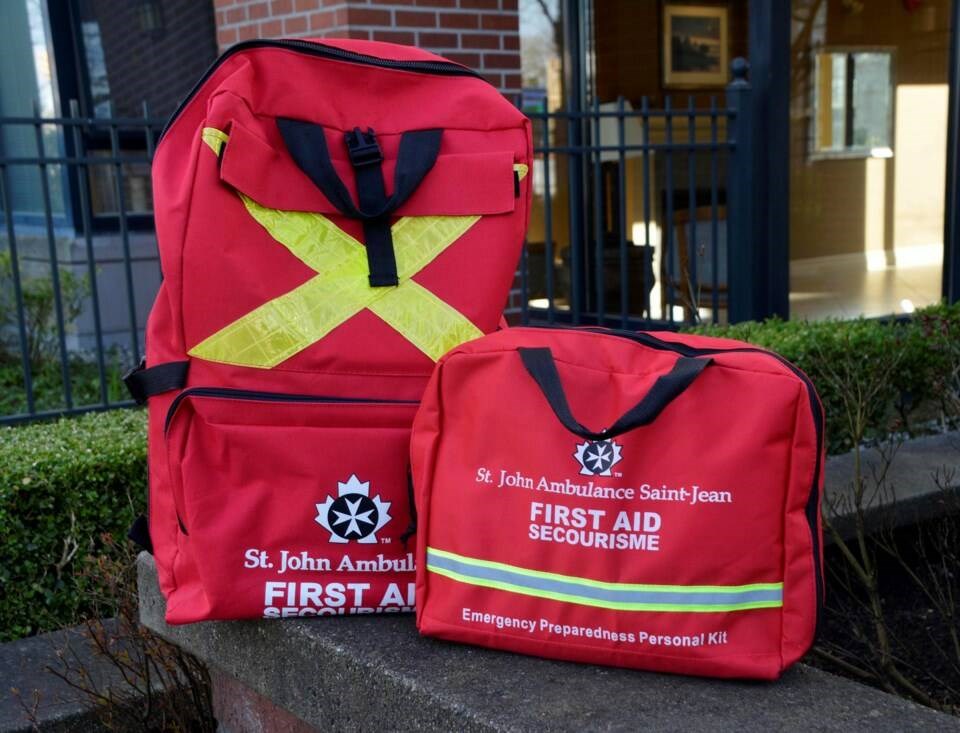The winter months can be magical. We might cozy down with a blanket and a good book or movie, go for a walk on a crisp winter day, or enjoy the holiday atmosphere generated by the many celebrations held at this time of year.
It is hard to think that this cold weather, as well as the summer sun, can cause negative impacts for seniors. However, according to the report Closing the Gaps: Advancing Emergency Preparedness, Response and Recovery for Older Adults, “compared to other age groups, older adults consistently experience the greatest proportion of casualties during and after emergencies both in Canada and internationally.”
In B.C., after the heat dome in 2021, it was found that of the 650 who died, the greatest proportion were seniors. Many of those older people had underlying health conditions and poorly ventilated living arrangements. We also know that a major percentage of deaths attributed to COVID-19 were older people, especially those who lived in long-term care or had underlying health conditions.
As we have seen reported in the media, natural disasters are increasing in frequency and severity across Canada due to climate change. It seems we can expect more heat waves, forest fires (and their attendant smoke issues), drought and heavy rainfall. We may also expect to see more serious side effects of the pandemic such as long COVID, additional virus variants, and a spike in other respiratory diseases. It is with some dismay that I witness the rise in respiratory infections in very young people, and of course seniors with respiratory conditions are also susceptible.
Though information and action around emergency preparedness has improved, there is still a lot to be done to increase resiliency around negative climate impacts, especially for seniors. In the report mentioned earlier, the author recommends the country prepare for disasters at the individual, organizational, community and governmental levels.
On the North Shore, the 18-member seniors working group, who over the two years of the pandemic looked at the serious impacts of COVID-19 on older people, pivoted to looking at the impacts of climate change and emergency preparedness. At the municipal level, North Shore Emergency Management, along with its own efforts to disseminate information and prepare the community for disasters, have supported the working group’s efforts.
Organizations on the North Shore looked for and received funding for partnership projects to assist seniors in becoming more aware of emergencies and how to prepare. One partnership project is looking at providing a program in seniors buildings. A volunteer group within a building would provide information and strategies to prepare residents to deal with a disaster. Another age-friendly project is looking at building seniors’ resiliency around emergencies by providing information in groups, through friendly phone calls and delivering resource kits directly to seniors of diverse backgrounds.
At the community level, agencies have also increased their efforts to provide supports for older people, such as cooling and water stations, as well as hot meals and shelter in the colder months. Many of the groups have stockpiled fans to give out in the hotter months too.
In terms of the province’s, it was great to hear recently that the new Ministry of Emergency Management and Climate Readiness has been established, and that a North Shore MLA has been given the portfolio. Senior’s groups on the North Shore are ready to work with Bowinn Ma as her ministry’s plans unfold.
But as the report I referred to above says, there is much that you as a senior can do to prepare for emergencies.
For example, you can prepare disaster kits and make evacuation plans. The kit should contain supplies such as food, water, clothing, medication, batteries and chargers. It should also have a list of emergency phone contacts including family and friends. If this seems overwhelming, some organizations such as Canadian Red Cross have ready-made disaster kits.
The province’s website on emergency preparedness suggests a “grab and go” kit, which is a bit smaller than a stay-at-home emergency kit but easy to take if you have to leave your home quickly. One of my favourite pieces of advice is to stick an old pair of sneakers under your bed with a flashlight tucked into it. In the event of a disaster, shoes are important protection from debris such as broken glass.
North Shore Emergency Management’s website has advice about emergency plans and safety kits. They can also be reached at 778-338-6300.
I think we should hope for the best, but be prepared in the event of an emergency.
Margaret Coates is the co-ordinator of Lionsview Seniors’ Planning Society. She has lived on the North Shore for 52 years and has worked for and with seniors for twenty-seven of those years. Ideas for future columns are welcome – email [email protected].




